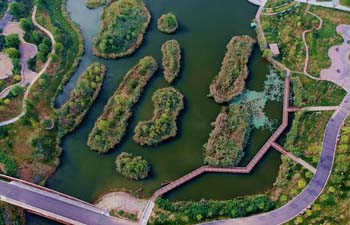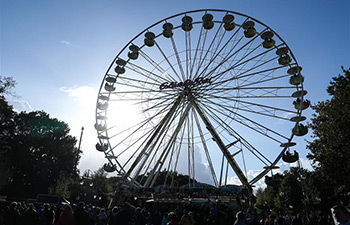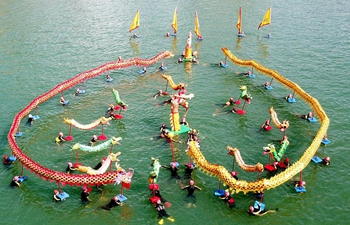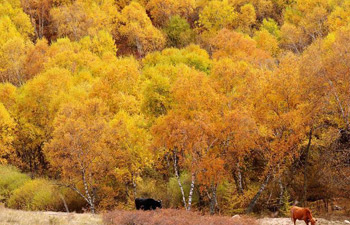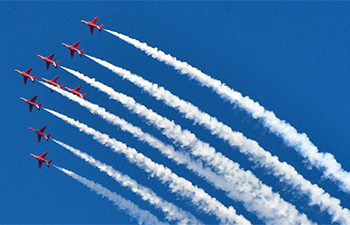SHIJIAZHUANG, Oct. 4 (Xinhua) -- North China's Hebei Province, home to several of China's most polluted cities, is taking measures to tackle air pollution ahead of the winter heating season.
The province has ordered its rural regions surrounding Beijing to use electricity and natural gas to replace coal burning, a major cause of smog in winter.
By the end of October, raw coal burning in rural homes will be banned in 18 counties and districts under the jurisdiction of Langfang and Baoding which border Beijing and Tianjin.
In other regions, 1.8 million households must change from traditional coal-fired heating sources to gas and electric ones.
The province is also improving energy efficiency and replacing coal with clean energy in the industrial sector.
Authorities have ordered heavily polluting industries, including steel, casting and coking, to restrict production and cut their emissions of industrial pollutants during the four-month winter heating period that usually starts on November 15.
The port city of Tianjin has issued similar measures for heavily polluting industries.
Data shows that pollutants created by the burning of coal increase by 30 percent during winter, said Yang Yong from Tianjin Environmental Protection Bureau.
Without output limits, one of the most effective ways to reduce pollution, the levels of pollutants would exceed environmental capacity, he said.
Most of the industries affected have been operating over capacity and the limits will not lead to a marked shortage of supply, he said.
The Beijing-Tianjin-Hebei region sits in the heart of the North China Plain where air pollution, particularly winter smog, often occurs as a result of the high concentration of industrial and vehicle emissions, limited air circulation and the burning of coal.
Local governments are taking harsher measures to fight air pollution with more residents increasingly worried about the health impacts, particularly of PM 2.5, airborne particles smaller than 2.5 microns in diameter.
China has set a target to reduce the level of PM 2.5 pollution by at least 15 percent in the cities around the Beijing-Tianjin-Hebei region between October 2017 and March 2018.







